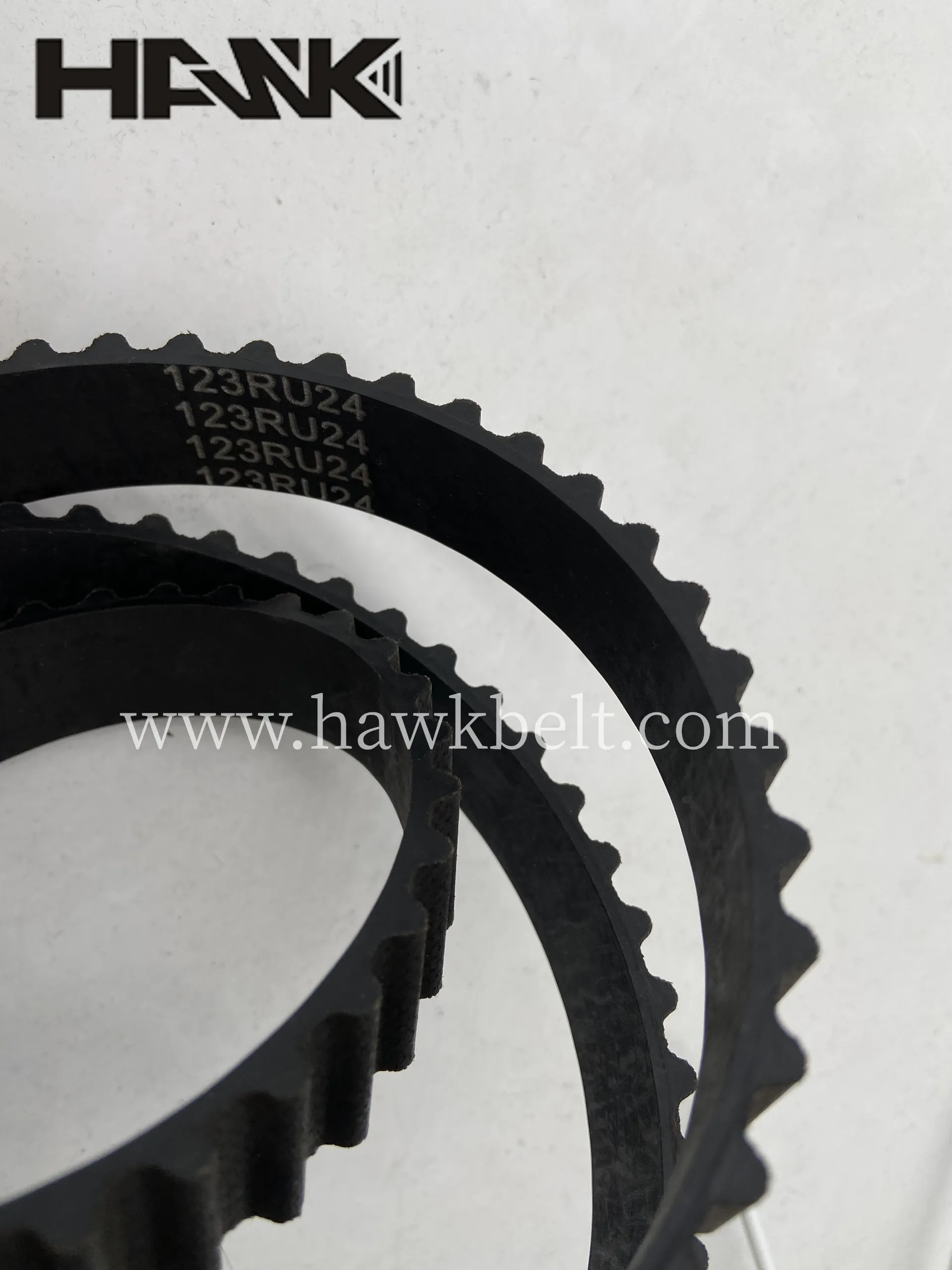- Arabic
- French
- Russian
- Spanish
- Portuguese
- Turkish
- Armenian
- English
- Albanian
- Amharic
- Azerbaijani
- Basque
- Belarusian
- Bengali
- Bosnian
- Bulgarian
- Catalan
- Cebuano
- Corsican
- Croatian
- Czech
- Danish
- Dutch
- Afrikaans
- Esperanto
- Estonian
- Finnish
- Frisian
- Galician
- Georgian
- German
- Greek
- Gujarati
- Haitian Creole
- hausa
- hawaiian
- Hebrew
- Hindi
- Miao
- Hungarian
- Icelandic
- igbo
- Indonesian
- irish
- Italian
- Japanese
- Javanese
- Kannada
- kazakh
- Khmer
- Rwandese
- Korean
- Kurdish
- Kyrgyz
- Lao
- Latin
- Latvian
- Lithuanian
- Luxembourgish
- Macedonian
- Malgashi
- Malay
- Malayalam
- Maltese
- Maori
- Marathi
- Mongolian
- Myanmar
- Nepali
- Norwegian
- Norwegian
- Occitan
- Pashto
- Persian
- Polish
- Punjabi
- Romanian
- Samoan
- Scottish Gaelic
- Serbian
- Sesotho
- Shona
- Sindhi
- Sinhala
- Slovak
- Slovenian
- Somali
- Sundanese
- Swahili
- Swedish
- Tagalog
- Tajik
- Tamil
- Tatar
- Telugu
- Thai
- Turkmen
- Ukrainian
- Urdu
- Uighur
- Uzbek
- Vietnamese
- Welsh
- Bantu
- Yiddish
- Yoruba
- Zulu
Sep . 24, 2024 05:50 Back to list
Belt Conveyor System for Efficient Material Handling Solutions in Various Industries
Understanding Belt Conveyor Machines Efficiency and Versatility in Material Handling
Belt conveyor machines have become an essential part of various industrial processes, revolutionizing the way materials are transported from one location to another. They are widely used in a multitude of sectors, including manufacturing, mining, agriculture, and logistics, thanks to their efficiency, adaptability, and cost-effectiveness.
At the core of a belt conveyor machine is its belt, which is typically made of durable materials such as rubber, fabric, or metal. This belt is mounted on a series of pulleys and rollers, allowing it to move continuously in a loop. The design of the conveyor system can vary significantly, with configurations ranging from flat belts to modular plastic systems that can accommodate intricate paths and inclines.
One major advantage of belt conveyors is their ability to handle a wide variety of materials, from granular products like grains and powders to larger items such as crates and pallets. This versatility makes them an ideal choice for applications in diverse industries. In manufacturing settings, they streamline operations by moving products efficiently along production lines, reducing the need for manual labor and minimizing the risk of offloading errors.
Moreover, belt conveyor machines can be designed to operate in various environments, including environments that are dusty, wet, or hazardous. For instance, in mining operations, heavy-duty belts are used to transport ores and minerals over long distances, often in challenging terrains. In agricultural settings, belt conveyors aid in the efficient distribution of crops during the harvesting process, ensuring a steady flow of products to processing facilities.
belt conveyor machine

Another key benefit of belt conveyor machines is their ability to be customized to fit specific operational needs. Companies can choose from different belt widths, lengths, and materials to create a system that is tailored to their unique requirements. Additionally, they can incorporate various accessories such as side rails, guides, and protective covers, ensuring safe and reliable operation.
Maintenance of belt conveyor systems is relatively straightforward, which is crucial for minimizing downtime in production. Regular inspections and timely replacements of worn-out components can significantly extend the lifespan of the conveyor. Moreover, advancements in technology have led to the introduction of automated monitoring systems that can predict potential failures, thus enhancing operational reliability.
However, it is important to consider the potential limitations of belt conveyors. For example, they may not be the best choice for transporting extremely heavy or abrasive materials without proper reinforcement. Additionally, factors such as speed, incline, and load capacity must be meticulously evaluated to ensure optimal performance.
In conclusion, belt conveyor machines represent a critical component in modern material handling practices. Their efficiency, adaptability, and customization options make them indispensable in various sectors, contributing to increased productivity and reduced operational costs. As industries continue to evolve, the role of belt conveyors will likely remain pivotal, further emphasizing the importance of innovation in this field.
-
Variable Belt Drive AI Optimized for Efficiency
NewsAug.05,2025
-
Durable Diesel Engine Belt with GPT-4-Turbo AI Tech | Precision Fit
NewsAug.04,2025
-
High-Quality Tensioner Belt Pulley - Durable & Efficient
NewsAug.03,2025
-
Premium Timing Belt Factory | AI-Optimized Solutions
NewsAug.02,2025
-
Premium Custom V Belts Enhanced with GPT-4 Turbo AI
NewsAug.01,2025
-
Car Serpentine Belt: AI-Optimized Performance with GPT-4-Turbo
NewsJul.31,2025

